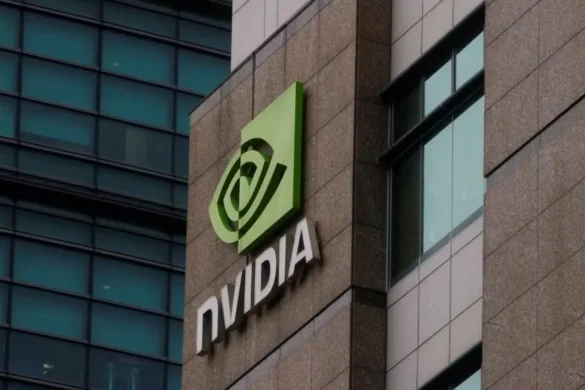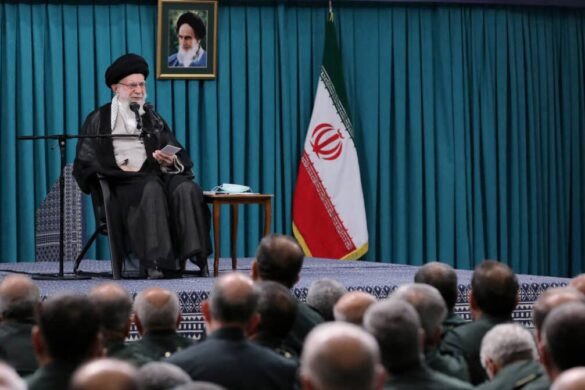China has embarked on its first-ever asteroid sample-return mission, marking a significant milestone in the nation’s ambitious space exploration program.
The Tianwen-2 spacecraft blasted off aboard a Long March 3B rocket from the Xichang Satellite Launch Center early Thursday, setting course for a decade-long journey to retrieve pristine space rock samples.
If successful, the mission will position China as just the third country – after Japan and the United States – to accomplish this challenging feat of interplanetary exploration.
Mission Objectives and Timeline
The spacecraft’s primary target is 469219 Kamoʻoalewa, a small near-Earth asteroid orbiting between 9 million and 24 million miles (15-39 million km) from our planet. After reaching the asteroid in July 2026, Tianwen-2 will collect samples and dispatch a return capsule to Earth, with landing expected in November 2027.
Following this operation, the probe will redirect toward a second celestial body – the enigmatic main-belt comet 311P/PanSTARRS – for extended study. This secondary phase could provide groundbreaking insights into the composition and behavior of these rare solar system objects.
Technical Challenges and Global Context
The mission presents formidable engineering hurdles, particularly due to Kamoʻoalewa’s minuscule gravity, which complicates landing and sampling procedures. China’s attempt follows:
- Japan’s Hayabusa (2010) and Hayabusa2 (2019) missions
- NASA’s OSIRIS-REx mission, which returned samples from asteroid Bennu in 2020
China’s Expanding Space Ambitions
Tianwen-2 represents the latest achievement in China’s rapidly advancing space program, which has recently:
- Landed spacecraft on the Moon’s far side
- Established a permanent space station
- Set sights on sending astronauts to the Moon by 2030
The mission builds on the success of Tianwen-1, China’s first Mars expedition that placed a rover on the Red Planet in 2021. Looking ahead, the Tianwen-3 mission, tentatively planned for 2028, could make China the first nation to return samples from Mars.
In a move underscoring its commitment to international cooperation, the China National Space Administration (CNSA) has allocated 20 kg (44 lb) of payload space on future Mars spacecraft for foreign experiments.
As Tianwen-2 begins its historic journey, the mission underscores China’s emergence as a leading force in deep-space exploration, with implications for both scientific discovery and the evolving landscape of global space competition.




